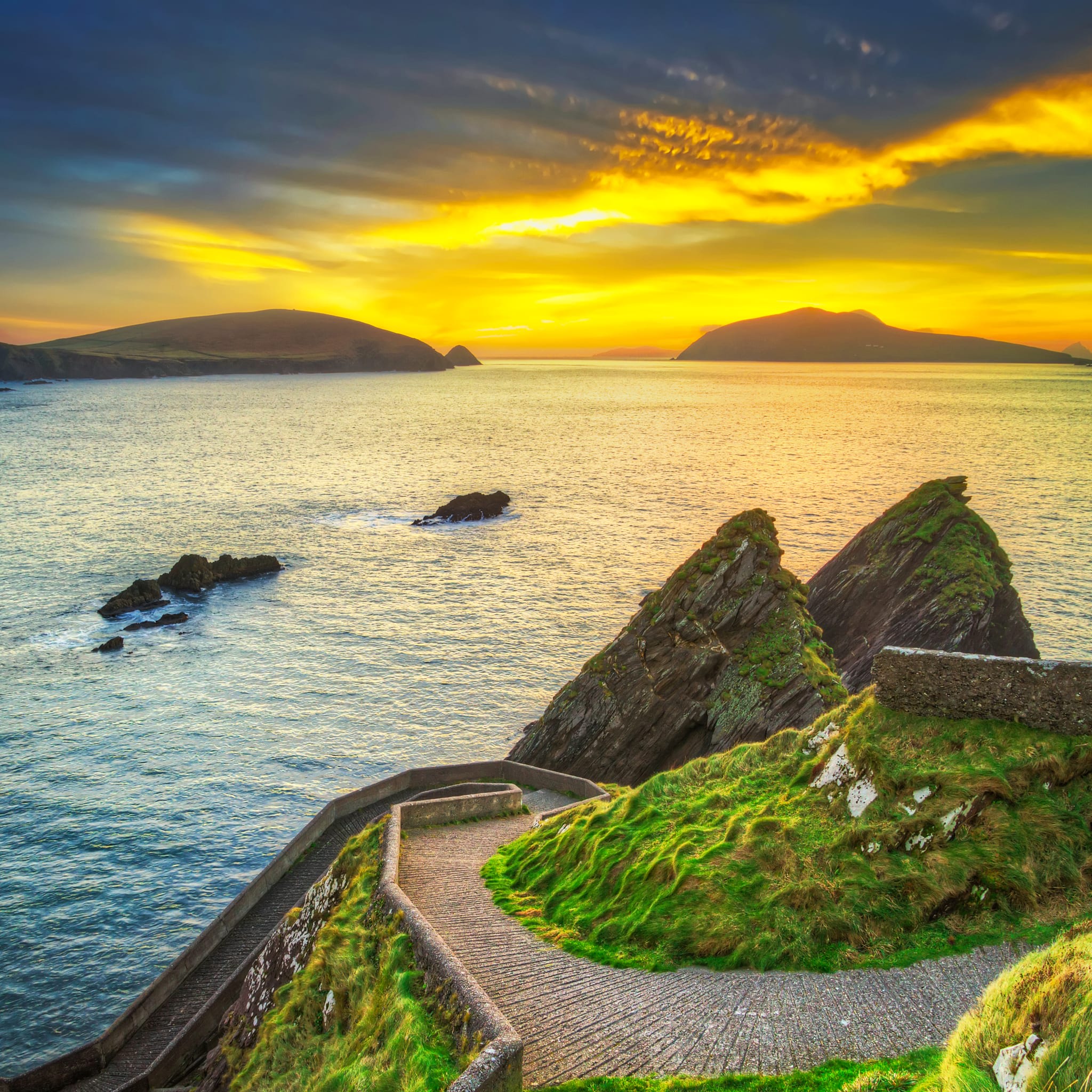Hello & welcome to our next edition of the Outwest Living blog! We’ve been working hard in the background here at Outwest Living and we will be sharing some exciting updates really soon!
The whole concept of Slow Tourism isn’t exactly new or groundbreaking! However, over the last number of months, I’ve come to the realisation that we’ve been offering slow tourism on the Dingle Peninsula for years now! It just happens to have a term or definition now!
At Outwest Living our aim is to really foster and grow this whole concept and area of tourism! It’s the driving force of the business, its goals & its future! I’ve put together some paragraphs here on this blog post!
Slow tourism is essentially a movement that emphasizes the value of taking one’s time and savouring the experience of travel. It’s a response to the fast-paced, high-pressure, and often superficial nature of modern tourism. Slow tourism encourages travellers to embrace a more leisurely pace, to explore destinations at a deeper level, and to engage with local people and culture.
The final bit there is key as we start to build the Outwest Living concept on the Dingle Peninsula.
The concept of slow tourism is rooted in the broader slow movement, which began in the 1980s as a backlash against the fast food industry. Slow food, slow travel, and slow living all share the same basic principles: a focus on quality over quantity, an appreciation for local traditions and culture, a commitment to sustainability and a positive environmental responsibility.
Slow tourism is about taking the time to really get to know a place, rather than just ticking off a list of tourist attractions. Perhaps a controversial point here but maybe social media has had an impact here too? Rather than slowing down, exploring & immersing, we’re speeding up to tick off the bucket list and of course get that social media picture!
It’s about exploring a locality’s hidden gems, enjoying a leisurely meal at a local restaurant, or taking a scenic bike ride through the backroads. It’s about immersing oneself in the local culture and experiencing a destination from a local’s perspective.
One of the main benefits of slow tourism is that it allows visitors to reduce their environmental impact. By taking a slower pace, people can reduce their carbon footprint and support local businesses and communities. Slow tourism also encourages visitors to use public transportation or walk or bike, which can help reduce traffic congestion and air pollution.
Overall, slow tourism is a movement that’s gaining popularity as people who love to travel have become more conscious of the impact of their choices on the environment and local communities. It’s a way to enjoy the pleasures of travel while also making a positive contribution to the places we visit.
So, at the start of this blog post, I made a reference to the Dingle Peninsula already being a slow tourism destination – and it is! However, we need to do a much better job at highlighting it, promoting it & actually living it!
That’s what Outwest Living is here to do! Thanks for reading – if you have any thoughts or things to add be sure to reach out via email!





